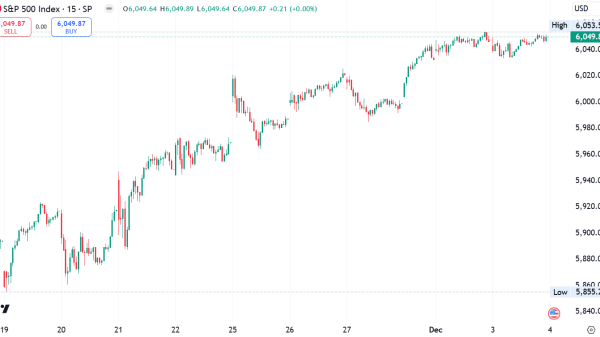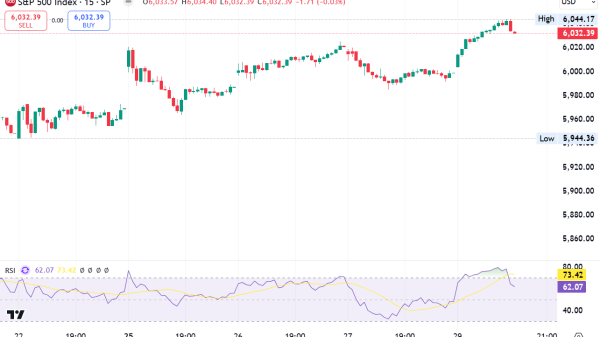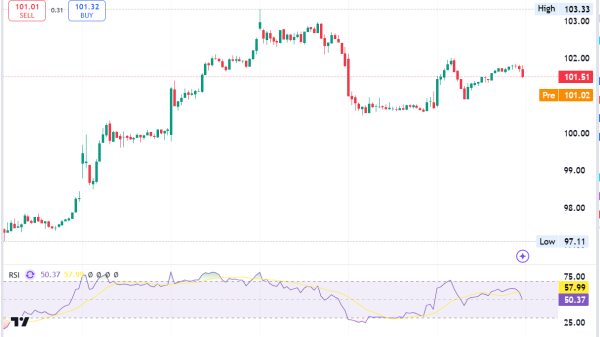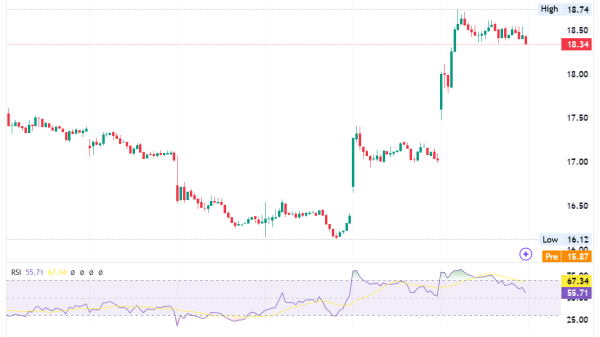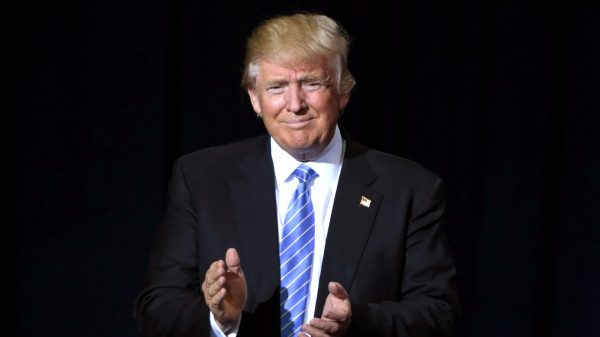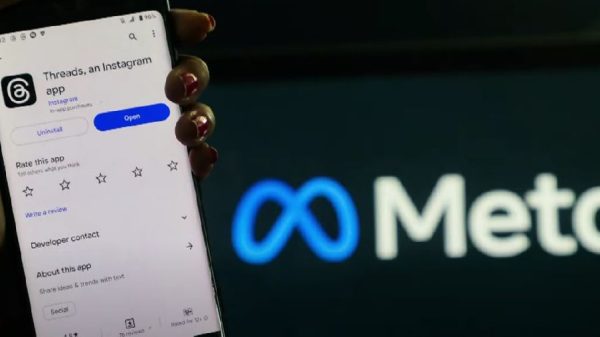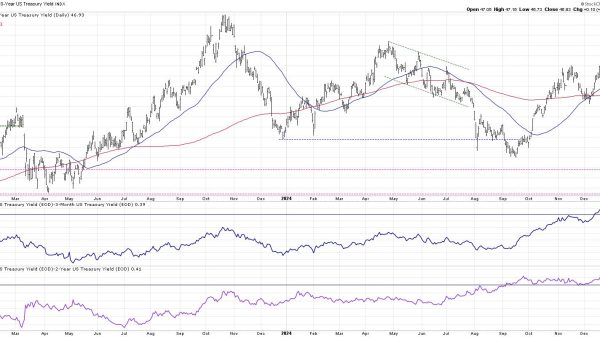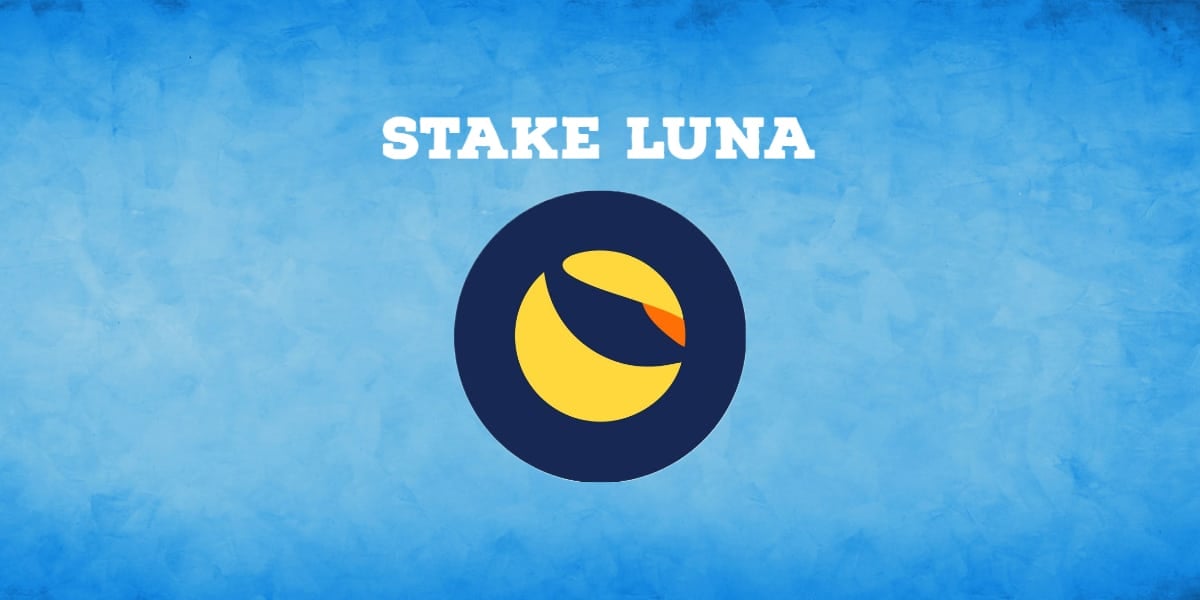How to Stake LUNA?
Terra is a blockchain-based platform and cryptocurrency.
Last year, Terra validators voted in favor of Kwon Do-Hyung’s plan to launch a new blockchain tagged “Terra 2.0” without a stablecoin.
He is the co-founder of Singapore-based Terraform Labs, the parent company of the stablecoin TerraUSD and cryptocurrency LUNA. As a reminder, TerraUSD and LUNA collapsed in May 2022.
Terra was quite popular in the cryptocurrency industry.
There are many questions about “LUNA token,” “LUNA staking,” like “How to stake LUNA?” etc.
Luna was the native cryptocurrency of Terra. Now it is called LUNA Classic. So, it is better to focus on LUNA Classic.
What is staking?
The title of this article is “How to stake LUNA?” Let’s start from the beginning.
Staking refers to the process of participating in a proof-of-stake (PoS) blockchain network by actively holding and “staking” a certain amount of cryptocurrency tokens as collateral to support network operations.
In a PoS system, validators are chosen to create new blocks and secure the network based on the number of tokens they hold and are willing to “stake.”
When users stake their tokens, they lock them up in a designated wallet or smart contract for a specific period of time, during which they can’t be freely transferred or used.
By doing so, they demonstrate their commitment to the network’s security and stability. In return for their participation, stakers have the opportunity to earn additional tokens as rewards.
Staking serves several purposes within a blockchain ecosystem:
Network security: Staked tokens act as collateral, disincentivizing malicious behavior. If a validator attempts to engage in fraudulent activities, such as creating invalid blocks, their staked tokens may be slashed as a penalty.
Block validation: Validators are selected based on the amount of tokens they have staked, and they take turns creating and validating new blocks on the blockchain. Validators who successfully validate blocks are rewarded with additional tokens.
Governance participation: Some PoS blockchains allow token holders to participate in the governance of the network. By staking their tokens, users gain voting rights and can participate in decision-making processes such as protocol upgrades or parameter changes.
It’s important to note that staking requires users to lock up their tokens for a specific period, which can vary depending on the blockchain network.
During this period, the staked tokens are illiquid and can’t be readily accessed or traded. However, staking can provide an opportunity for token holders to earn passive income by contributing to the security and stability of the blockchain network.
How to stake LUNA Classic?
Source: investorsking.com
In order to buy LUNA Classic (LUNC) tokens, you will need to find a cryptocurrency exchange or similar platform that supports LUNC trading.
Once you’ve bought your LUNC tokens, it is time to stake LUNC tokens.
The easiest way to stake the above-mentioned token is on Terra Station. It is noteworthy that Terra Station is the official application for the Terra Luna ecosystem.
The second step is to set up the Terra Station wallet.
In order to start, you will need to create a Terra Station wallet for staking. Don’t worry! It is quite easy to create a wallet.
You need to download the Terra Station mobile app/web browser extension. Importantly, you also need to follow the instructions.
On the app, click Wallet and then Connect. You will notice an option to select a New Wallet. Click this and complete the setup process.
What’s important, you will be given a mnemonic phrase, also known as a seed phrase. It is important not to forget the seed phrase. As a reminder, you will need a seed phrase in order to access your account.
Once your Terra Station wallet is set up, click Connect.
What’s next?
Now that your wallet is up and running, you can transfer your tokens from the platform you purchased tokens on to your new Terra Station Wallet. This can be done through the withdrawal option on your chosen platform.
Interestingly, you will need the public key of your new LUNC wallet as well as any additional info, such as a MEMO if your wallet has one. Otherwise, you can click No Memo.
You can input these details into the Withdraw to Wallet section. After entering all the details, click withdraw.
It is vital to enter these details correctly; otherwise, your tokens may be lost.
Important details
At this point, your Terra station should be fully functional, and your LUNC tokens should be on the platform.
Let’s move on to the next step! Staking!
It is possible to stake Luna Classic in two different ways; Quick Stake and Manual Stake. The first option is the easiest option.
You need to click Stake and select which method you want to use.
Quick Stake is the easiest option; with Manual Stake, you’ll have to choose your validator.
Last but not least, once you stake your tokens, they will be locked for 21 days even if you unstake. It is vital not to stake any tokens you will need easy access to.
Popular cryptocurrencies
What about popular cryptocurrencies?
Cryptocurrencies have gained significant attention and popularity in recent years. Let’s take a look at some of the most popular cryptocurrencies:
Bitcoin is the most well-known cryptocurrency. It was created in 2009 by an anonymous person or group of people using the pseudonym Satoshi Nakamoto.
Bitcoin operates on a decentralized network called blockchain, and it has become synonymous with the entire cryptocurrency industry.
We can move on to Ethereum. It is a decentralized platform that enables the creation of smart contracts and decentralized applications (DApps).
It was proposed by Vitalik Buterin in 2013 and launched in 2015. Ethereum’s native cryptocurrency is Ether, which is used to power the network and execute smart contracts.
Binance Coin is the native cryptocurrency of the Binance exchange, one of the largest and most popular cryptocurrency exchanges globally.
BNB is primarily used to pay for transaction fees on the Binance platform, participate in token sales, and access various features and services within the Binance ecosystem.
Ripple, Litecoin, and Cardano
Ripple is both a digital payment protocol and a cryptocurrency. It aims to enable fast and low-cost international money transfers.
Ripple’s native cryptocurrency, XRP, is used as a bridge currency in the Ripple network, facilitating the transfer of value between different fiat currencies.
Litecoin offers faster transaction confirmation times and a different hashing algorithm than Bitcoin, making it attractive for everyday transactions.
Cardano is a blockchain platform that aims to provide a secure and sustainable platform for the development of decentralized applications and smart contracts. It uses a proof-of-stake consensus mechanism and is known for its focus on academic research and scientific approach to development.
These are just a few examples of famous cryptocurrencies, each with its unique features and purposes. However, the cryptocurrency market is dynamic, and new cryptocurrencies continue to emerge, so it’s important to conduct thorough research before investing or engaging with any cryptocurrency.
The post How to Stake LUNA? appeared first on FinanceBrokerage.

